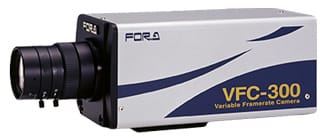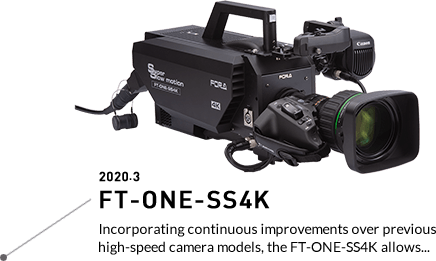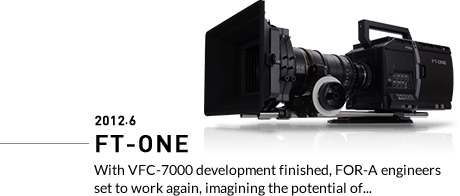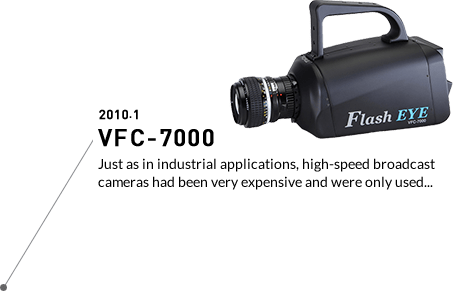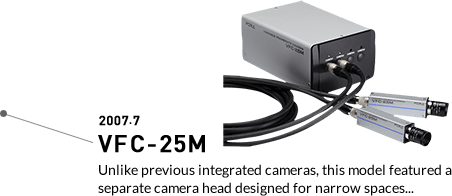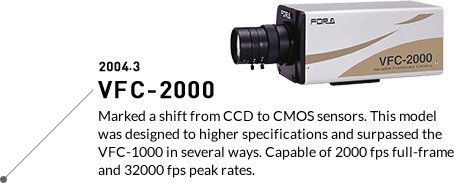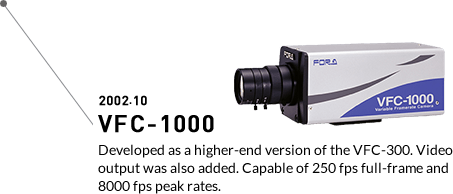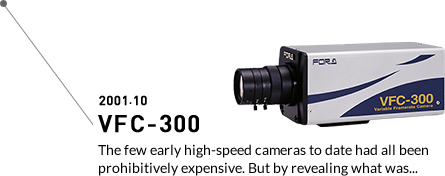Allows use of B4-mount, high-magnification zoom lenses without an adapter
Incorporating continuous improvements over previous high-speed camera models, the FT-ONE-SS4K allows direct attachment of 2/3-inch, bayonet-mounted lenses, which are particularly popular at broadcast stations and recording sites. It supports high-speed capture at up to 1,000 frames per second when shooting 4K video. The ability to shoot without a lens converter makes it possible to shoot with about four times the brightness of PL mount models. A flicker correction function can also be installed.
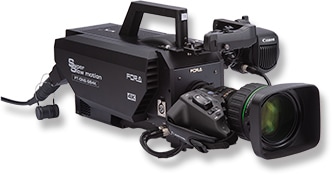
An essential camera for sports replays
The resounding response to the FT-ONE opened up more opportunities to use this technology, in super slow-motion sports replays and beyond. And as the series is used in more ways, the FT-ONE itself continues to evolve. The original sensor is better than ever, and noise in dark image areas has been greatly reduced. Even with a 2/3-inch bayonet mount lens, the FT-ONE-LS captures beautiful video. The camera section is more compact, with the camera head separate from the base station where material is recorded. Operators can move around with just the camera head during playback. These refinements make the camera more convenient on location.
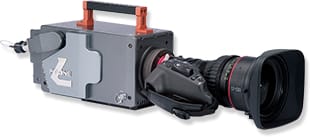
World's first high-speed 4K camera
With VFC-7000 development finished, FOR-A engineers set to work again, imagining the potential of a high-speed 4K camera that could also be used in movie production. Instead of relying on a modified sensor readout area to enable high-speed shooting, they insisted on full-frame resolution. But as no sensors were yet available to meet requirements, FOR-A engineers took on a separate challenge of devising their own. The sensor was only one facet of intensive development that would integrate several new technologies: effective cooling, high-speed memory for recording, high-volume SSD cartridges, QFHD video output from real-time RAW decoding, 12-axis color correction, simultaneous recording and playback at 4K, and more. As development was driven by the engineers' constant attention, the prototype was finished sooner than expected.

High-speed HD camera also useful in sports coverage.
Just as in industrial applications, high-speed broadcast cameras had been very expensive and were only used at international matches or other important events. In line with the VFC series goal of making high-speed shooting more commonplace, FOR-A sought a high-speed camera that recorded in HD and was affordable and easy to operate. This camera was designed especially with live coverage in mind and includes quite an innovative feature for a high-speed camera—simultaneous recording and playback, which enabled operators to capture the next scene during slow-motion playback. Capable of high-speed recording at 700 fps full-frame.
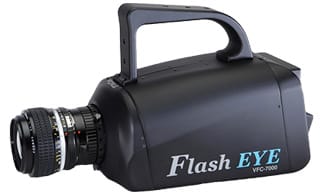
For high-speed shooting in narrow spaces
Unlike previous integrated cameras, this model featured a separate camera head designed for narrow spaces. Above all, the size was very convenient. Up to four cameras could be connected at once. As with VFC-1000, it was capable of 250 fps full-frame and 8000 fps peakrates.
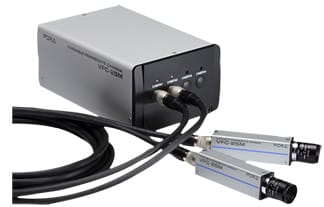
Making high-speed shooting more familiar
The few early high-speed cameras to date had all been prohibitively expensive. But by revealing what was normally unseen, they were able to clearly impact in R&D, production efficiency, and problem resolution. FOR-A wanted to bring these cameras to users who had been unable to invest in them. Instead of insisting on the fastest image capture rates on the leading edge of technology, FOR-A cameras would cover a practical range of fps while offering improved camera performance at affordable prices. For simpler operation at this tier, the camera head of the VFC-300 was integrated into the body, with the sensor readout area adjusted for faster image capturing. These decisions enabled 90 fps at full-frame resolution and 300 fps at peak speed. Recording a thumbnail with the RAW data, which is common now, was groundbreaking at the time.
